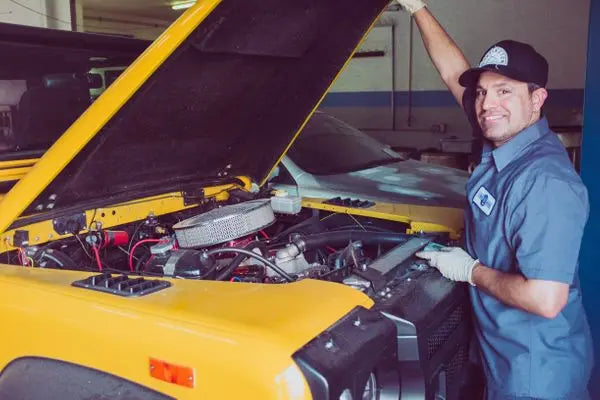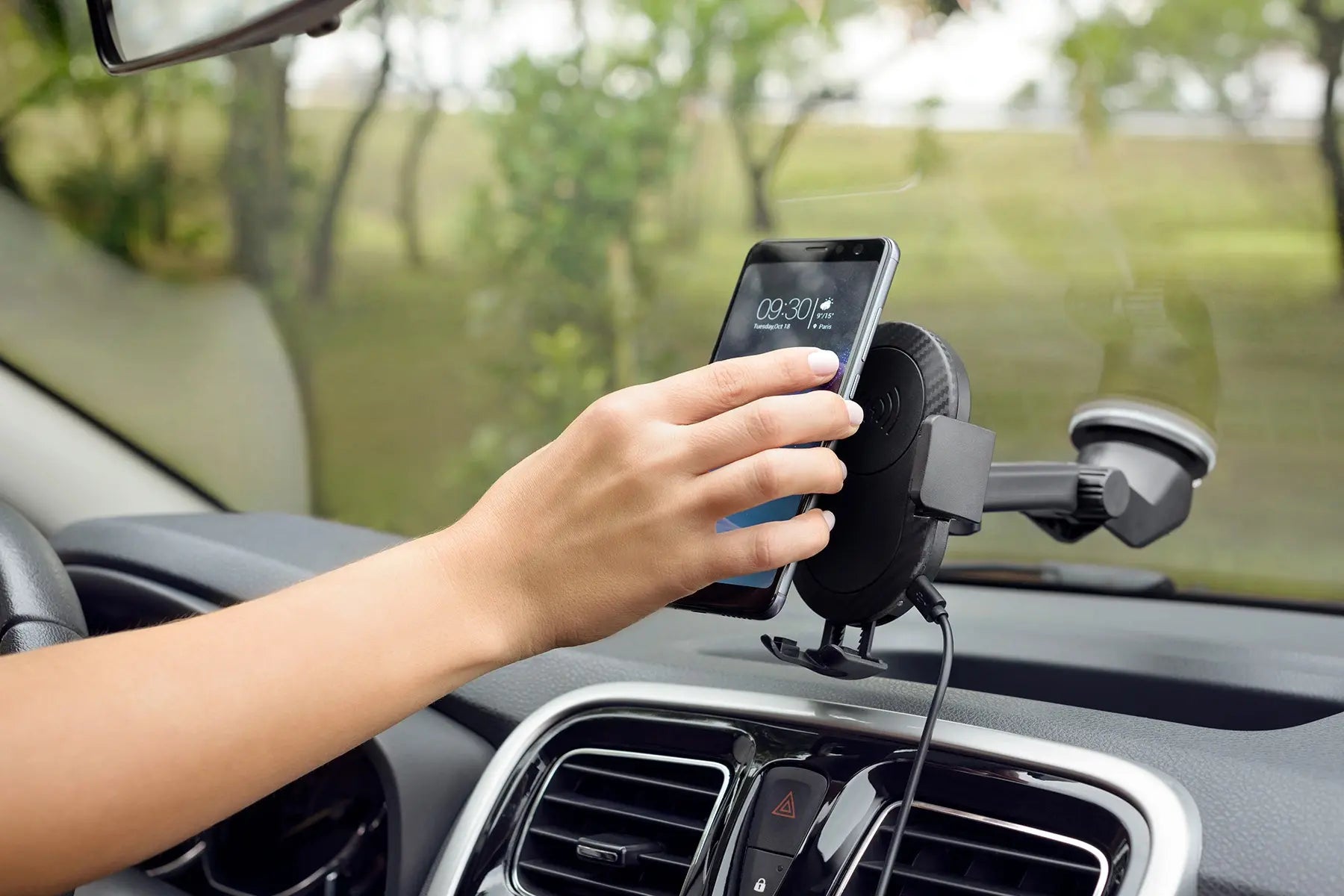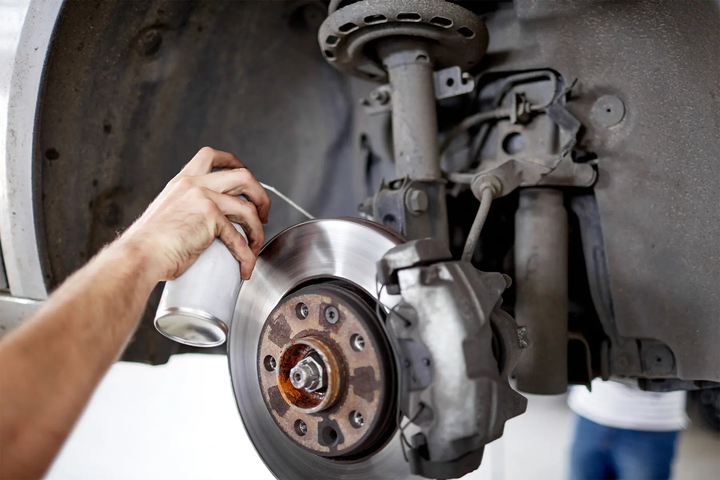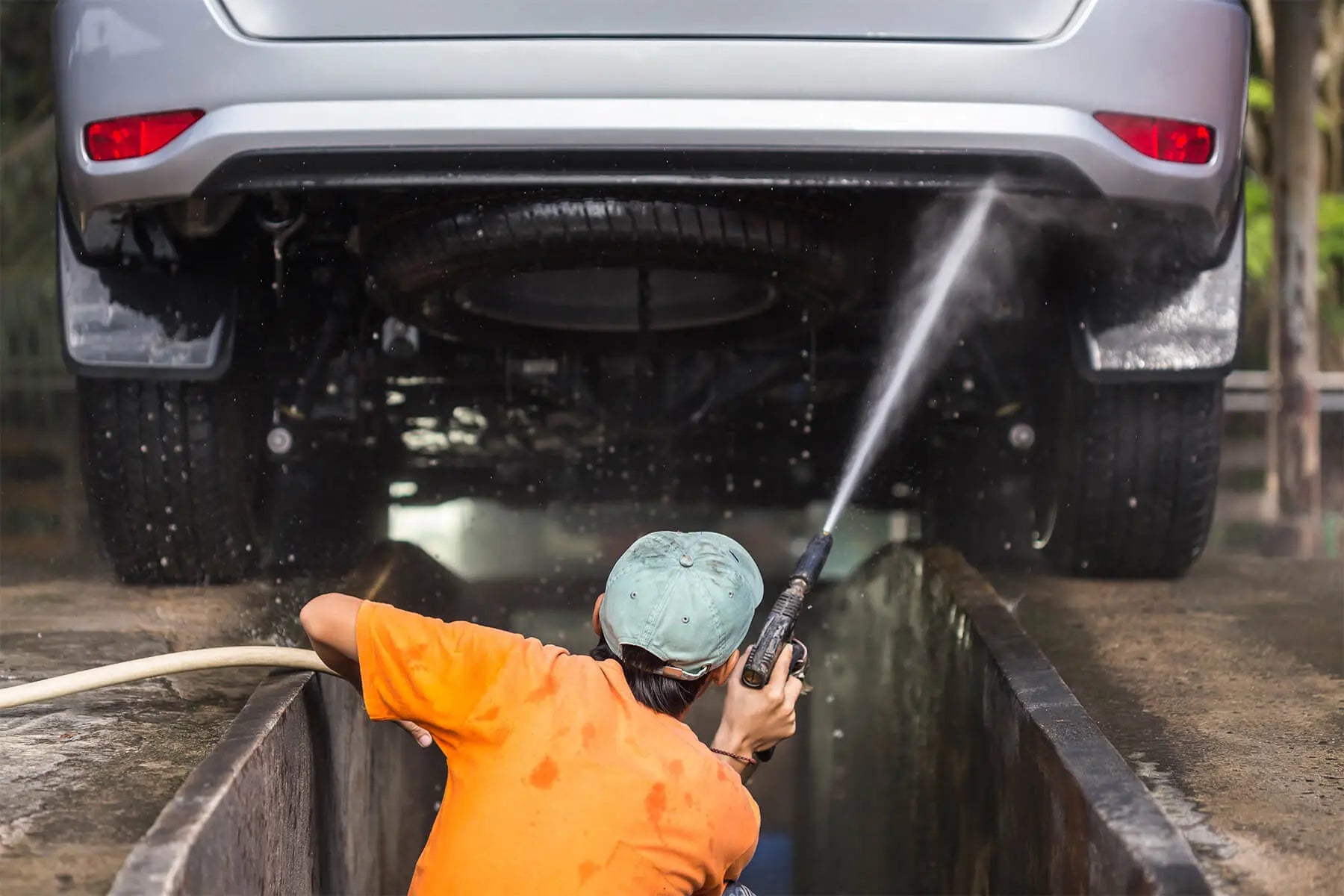
It’s only possible for your vehicle to work properly with the collaboration of a bunch of smaller parts, and that’s why it’s important to ensure that your car is maintained to avoid a large, costly repair.
You’ve probably heard a lot about several key parts of your car’s engine before, but the PCV Valve is an excellent example of something smaller but still important to care for and pay attention to. If you’re wondering what a PCV valve is, what it’s responsible for, and beyond, we’ve got you covered. Soon, you’ll be an expert on this important part of your vehicle.
Read on to learn more in this article of shine armor blog!
Related products in shine armor:
- Graphene Ceramic Spray
- Fortify Quick Coat
- Revive Car Scratch Remover
- Graphene Ceramic Nano Glass Coating
- Anti-Fog Hero
- Car Upholstery and Interior Cleaner
What is a PCV Valve?
To understand what a PCV valve is, it’s important to understand what PCV stands for: It means Positive Crankcase Ventilation. This piece is a one-way valve, and it is attached to your vehicle’s crankcase.
The crankcase is important for a variety of reasons. It’s located at the bottom of the car’s engine and is responsible for holding the motor oil. It creates gases when the engine burns fuel. Even before emission control devices came about, exhaust systems released the crankcase’s gases from the car.
What Does a PCV Valve Do?
Still, these gases do occasionally get between your car’s engine pistons into the car’s crankcase. What does this mean? That the gases can mix with motor oil and create a sludge that clogs the engine and is highly corrosive. These gases can exit through the car’s exhaust system and pollute the environment.
That’s where the PCV valve comes in. In 1964, laws began to mandate that these gases be recaptured in the vehicle instead of polluting the atmosphere. This valve was created to prevent the oil sludge from clogging up the engines. It also ensures that the environment is safeguarded from toxic gases. It’s important to note that because it’s a one-way valve, waste gases can exit through the crankcase, but they can’t enter. It’s a win-win.
Why is It Important?
You clean your car’s interior, but what about the engine? Because the PCV valve is heavily involved in ensuring that your car doesn’t pollute the environment, it’s beyond important to make sure that your PCV valve is being adequately cared for and maintained.
Like most car-related issues, one small, minor problem with your PCV valve can create larger, more time-consuming problems. Checking and maintaining your PCV valve can help guarantee that your car won’t run into any larger problems as a result.
It’s also important because your valve is critical to your vehicle’s health. If one portion isn’t working properly, it will prove difficult or impossible for the rest of the car to function correctly. Reduce the possibility of having any other vehicular issues by making sure smaller parts, such as the PCV valve, are functioning their best.
Your PCV valve is just one small part of your motor vehicle, but having a valve not working in the right way can trickle down and cause larger issues. Not to mention your PCV valve ensures that your vehicle doesn’t have a detrimental environmental impact.
Shop by category:
- buy exterior products from shine armor
- buy interior products from shine armor
- Buy Best car detailing kit
How To Tell If The PCV Valve is Having Issues
Unlike other parts of your car that need to be replaced or treated on certain timelines, there’s no timeline for when exactly your PCV Valve needs to be worked on. This means that as long as your PCV Valve is properly functioning, there is no need to replace it.
Over the years, the gases that flow through this valve can leave traces of oil, resulting in a clog. You should check your PCV Valve between 20,000 and 50,000 miles of driving to ensure that it’s still working well. Nevertheless, it’s important to know what to look out for. If your PCV Valve is damaged or otherwise working incorrectly, you will likely notice:
- Sludge around the engine
- Oil leaks
- Blown out seals/gaskets
- Your check engine light on
- Whistling noises emerging from the car’s engine
If you’re looking to check the PCV valve directly, that requires removing it from the engine and shaking it. It’s usually attached to a valve cover at the end of a tube in the car’s engine.
Once you get the PCV valve out, you can check how well it functions by shaking it. You heard us right - shaking your PCV valve is the most direct way to figure out if it needs to be fixed or not. If you hear a metallic rattling noise of opening and closing, that typically means the PCV valve is working properly. Conversely, if it doesn’t make noise, it’s possible it has been sealed closed by gas deposits and requires maintenance.
There’s another way to check your PCV Valve to ensure that it’s working correctly. You can remove the cap from the oil filler hole on the valve’s cover. After you do this, put a stiff piece of paper over the opening. When the PCV Valve is properly functioning, the paper will be nearly instantaneously sucked against the opening.
Another thing to consider is if your vehicle is roughly idling. This could be attributed to the PCV valve but is often misdiagnosed and labeled a more costly issue. Knowing that this can be connected to an improperly functioning PCV valve means that you could save time and money on your next trip to the autobody shop.
When Should I Replace my PCV Valve?
The question of when to replace the PCV valve depends on the manufacturer's recommendations and the specific conditions of the vehicle. However, most car manufacturers recommend replacing the PCV valve every 50,000 to 100,000 miles, or every two years, whichever comes first.
It is important to note that a faulty or clogged PCV valve can cause various problems, including rough idling, decreased fuel efficiency, increased emissions, and oil leaks. These symptoms may indicate that the PCV valve needs to be replaced.
In addition, it is recommended to check the PCV valve periodically for any signs of damage or wear. If the valve is cracked, has a damaged diaphragm, or is clogged with sludge and debris, it should be replaced immediately.
In summary, replacing the PCV valve is an essential part of regular vehicle maintenance. It is recommended to follow the manufacturer's guidelines and replace the valve every 50,000 to 100,000 miles or as needed if any issues arise. Checking the valve periodically for damage or wear can also help prevent potential problems.
How Do You Replace the PCV Valve?
Replacing your PCV valve if it isn’t functioning correctly could mean a trip to the mechanic, or it could be fixed right at home. If you want to try your hand at replacing a PCV Valve, here’s how to tackle this task.
First, you locate the PCV valve. You need to loosen the hose clamp - provided there is one. Otherwise, you’ll need to pull the housing off the end of the valve. It should be shaped like an L.
Second, you need to remove the valve. The way that the valve is attached depends on the car and varies. Some are adhered with a rubber grommet which you can pull free. If you can’t get it by hand, try to use a wrench. This should allow you to remove it.
Third, you should check the hose the valve is attached to. Is your hose dry, brittle, or full of sludge? If so, it’s time to replace it. Not to mention if the clamps are rusty or the grommet looks worn out or used, replace those as well.
Fourth, if the replacement valve screws into place, be sure to do it by hand. After this, reconnect the hose to the new PCV valve. After this is complete, you’re going to want to check around the PCV valve for leaks.
That’s all it takes to replace a PCV valve yourself! Alternately, if your PCV valve is still usable but needs cleaning, it’s possible to do that, too.
If your PCV valve only requires cleaning, you can clean it yourself. Purchase some carburetor cleaner or solvent and immerse the valve. When it is immaculate, there should be no discoloration or sludge. If there still is discoloration or sludge after the cleaning process, it would be wise to replace the entire PCV valve.
Testing Your PCV Valve
to begin testing your PCV valve, locate it on your engine. It is typically a small, cylindrical component that is connected to a rubber hose leading to the intake manifold. Remove the valve from the engine and inspect it for any signs of damage or wear. Shake the valve and listen for a rattling sound, which indicates that the valve is functioning properly. If there is no sound or the valve is damaged, it should be replaced. You can also test the valve by blowing air through it in both directions to ensure that it is not clogged. Once you have tested the valve, reattach it to the engine and make sure that it is properly secured. Regularly testing your PCV valve is an important part of maintaining your car's engine health and preventing costly repairs down the line.
In addition to testing your PCV valve, it is also important to replace it periodically. Manufacturers typically recommend replacing the valve every 20,000 to 50,000 miles, depending on the make and model of your car. A faulty or clogged PCV valve can cause a variety of problems, including engine sludge buildup, oil leaks, and decreased fuel efficiency. Replacing the valve is a simple process that can be done with just a few basic tools. To replace the valve, simply remove the old valve from the engine and replace it with a new one. Make sure to use the correct valve for your car's make and model, as using an incorrect valve can lead to engine damage. Regularly replacing your PCV valve is an important part of maintaining your car's engine health and ensuring that it runs smoothly for years to come.
In Summary
Your vehicle’s PCV valve isn’t something you can ignore—or something you should. To prevent more expensive, costly engine issues, it’s essential to ensure that the smaller parts of your car are taken care of, which includes this important valve.
The PCV valve is critical to ensure that your car doesn’t emit gases through the car’s exhaust system and pollutes the environment. Being diligent about your PCV valve’s health reduces the likelihood that your car will run into other difficulties.
There are some telltale signs that your car is having difficulties with the PCV valve, but if your car isn’t showing any of those, it would be wise to check every 20,000 to 50,000 miles. This allows you to catch an issue the moment it occurs instead of waiting for a problem to arise. Our complete car car guide is also excellent at helping you identify how to take care of your vehicle properly.
If you find that you need to replace your PCV valve, you don’t necessarily need to head to the nearest mechanic. You can try your hand at replacing this important valve yourself. It isn’t too time-consuming or difficult.
Now that you know what the PCV valve is, what it does, and why it’s important, don’t wait a minute longer to check your car out and make sure yours is running smoothly. It’s always important to show your car some love. Checking your PCV valve today can ensure that you won’t have to deal with a larger engine issue tomorrow.
Sources:






